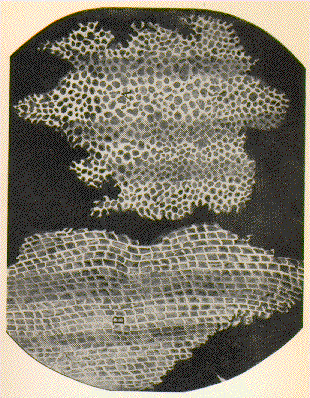 |
 |
 |
 |

In the Renaissance, Otto Brunfels did some of the important empirical work of collecting and describing plant species in his Herbarum vivae eicones (1530). The variety of species available for description increased tremendously as Europeans traveled to other parts of the world, as demonstrated in the work of the sixteenth-century French naturalist Pierre Belon, who collected flora throughout the Middle East. Around this time botanists began to recognize the importance of organizing this knowledge and making it available, and established the first botanical gardens (as distinct from decorative or medicinal gardens) and herbaria (collections of dried specimens).
Although gardening, herbal medicine, and agriculture had been studied since antiquity, the modern empirical investigation of plant life did not begin in earnest until the seventeenth century. Johannes Baptista van Helmont (1577-1644) was the first to observe the uptake of water within a tree in 1648. The invention of the compound microscope made for important developments, as Robert Hooke's investigations of plant tissues led to the discovery of the cell. In 1671, both Nehemiah Grew and Malpighi delivered reports on their microscopic investigations of plant cells to the Royal Society.
The eighteenth century was a great age of experimental plant physiology, as botany increasingly became a laboratory science. Thomas Fairchild was the first to produce an artificial hybrid in 1715. Vegetable Staticks, published by Stephen Hales in 1727, described the motion of water in plants and revealed important information about photosynthesis and other basic processes; Joseph Priestley discovered that plants exposed to sunlight give off oxygen in 1774.
One of the most important botanical works of the eighteenth century appeared in 1753, the Species plantarum of Linnaeus, which described over six thousand species of plants and established modern plant taxonomy.